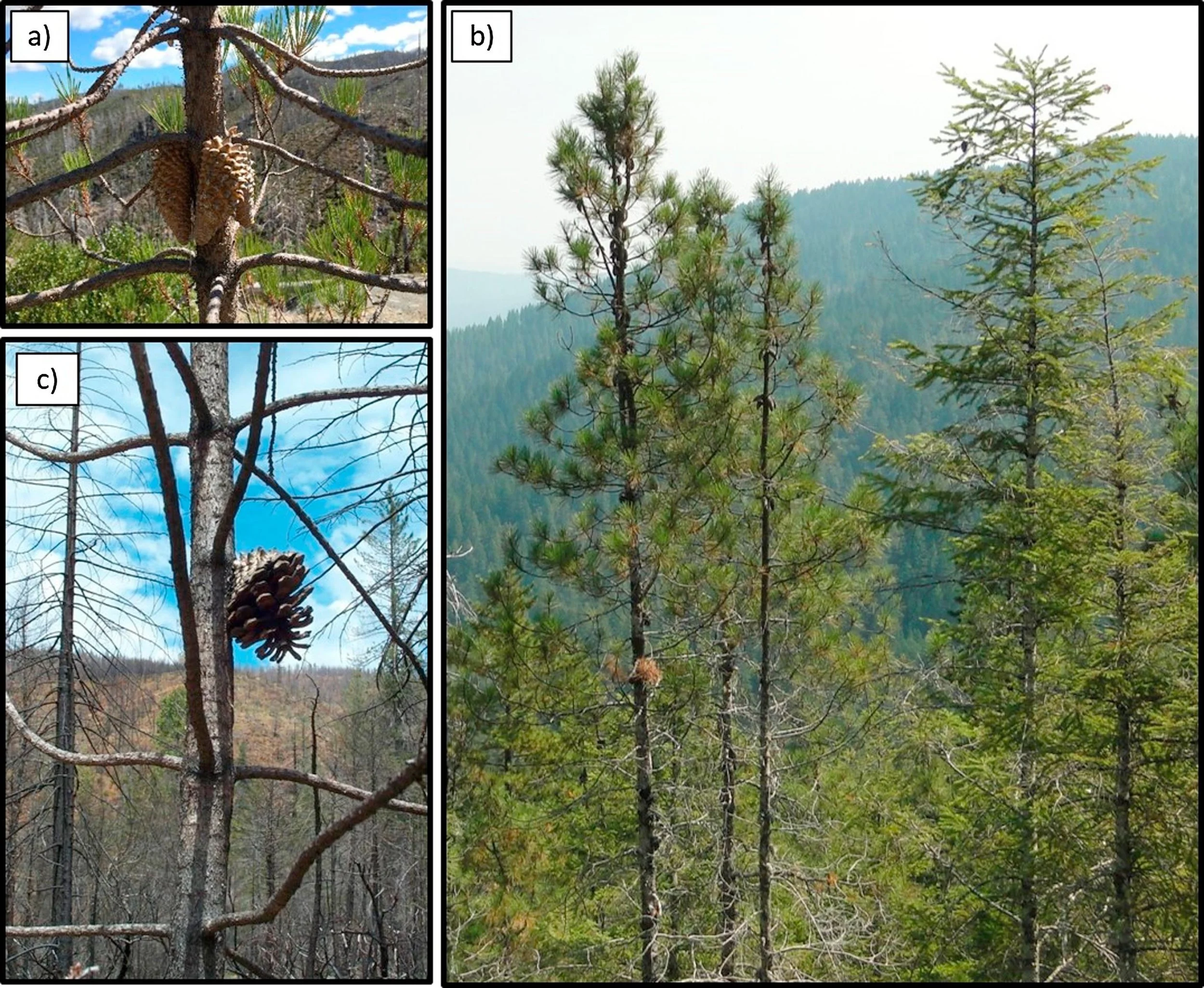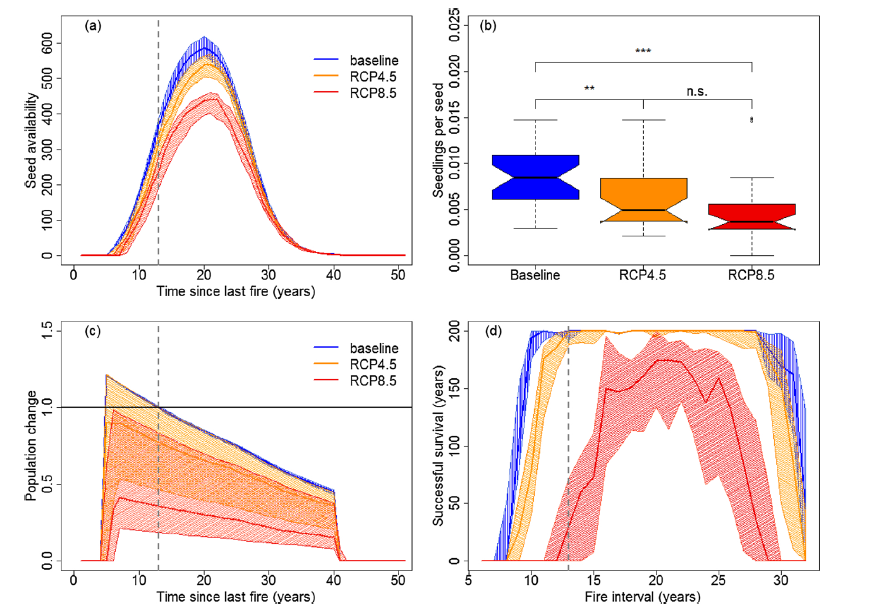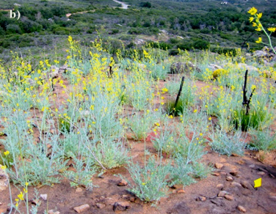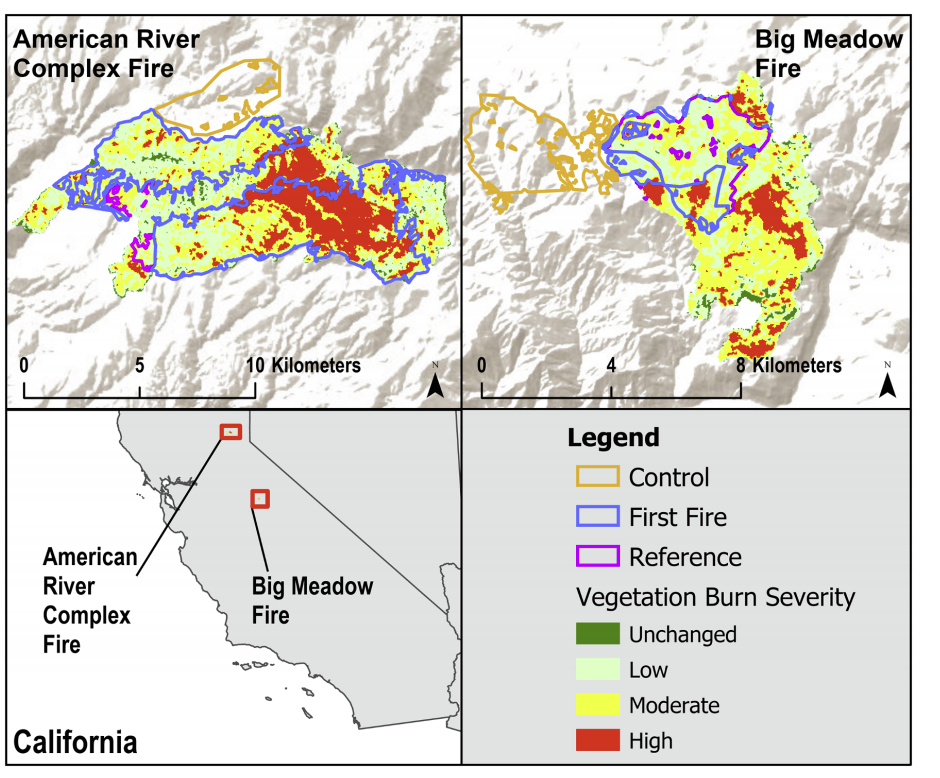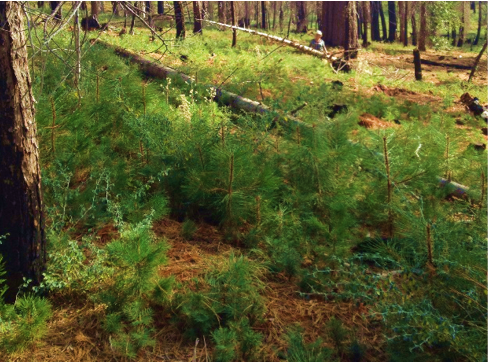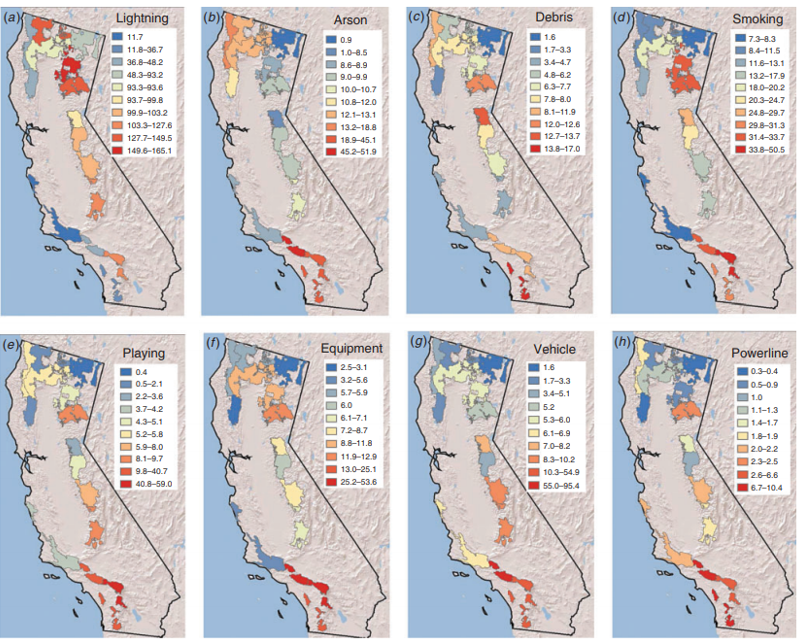Restoration actions should consider the composition of mixed conifer forest to increase resilience in fire-excluded stands: Research Brief
/In the Sierra Nevada most historical stand structure studies have focused on drier pine-dominated forests. This paper helps to fill a gap by contributing information on historical structure in more mesic forests with more moderate amounts of moisture.
View Research Brief PDF >


